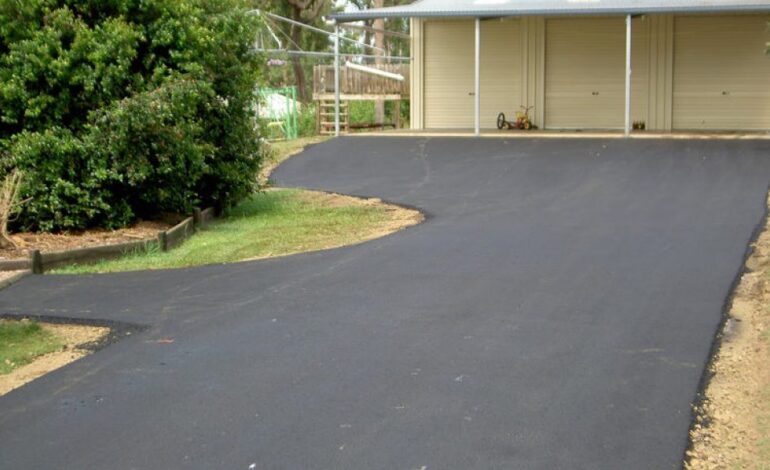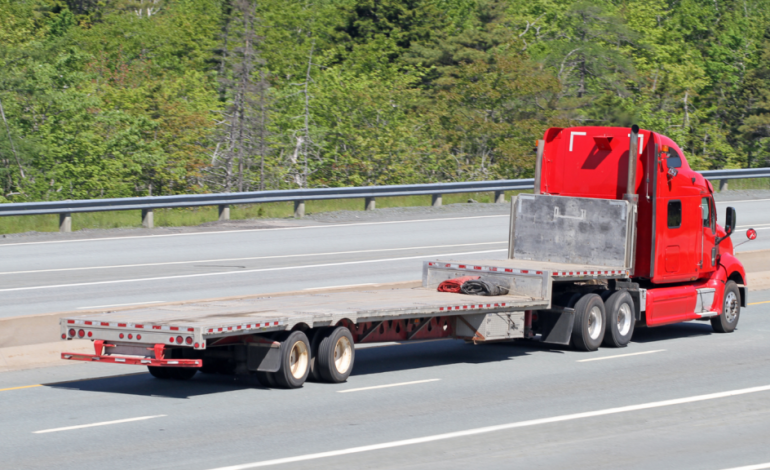
Asphalt – also referred to as bitumen – is created by mixing together aggregates (crushed rocks, gravel, sand or other mined or recycled materials), bitumen binder and sometimes filler. It’s usually black or brown in colour and can vary in consistency, either coming in the form of a viscous liquid or semi-solid. Most commonly, asphalt is used to pave roads, highways, airports, car parks, sidewalks and driveways.
Why should I choose asphalt over concrete when laying my driveway?
Many people also choose concrete when it comes to laying their driveway. Although concrete is also a strong option, it’s far more expensive and actually isn’t nearly as durable as asphalt. Because it has to be painted the colour you’d like it to be, it’s vulnerable to chipping and scratching. The paint might also cause it to be shiny, whereas asphalt dries in a matt finish.
Whether you choose gravel or asphalt, you will have to maintain it as both will eventually gain some damage. With gravel, you’ll likely have to replace large or whole sections, which might mean redoing your entire driveway. With asphalt, fortunately, you can focus on smaller sections or only on the patches that need repairs. Therefore, asphalt proves once again to be more cost-effective, both short-term and long-term.
Is there a difference between ordinary asphalt and hot asphalt?
There are five common types of asphalt, all of which are used to solve different problems. For temporary fixes, cold asphalt is used. Others focus on drainage, like porous asphalt. You also get dense-graded mixes, which are the most suitable for general conditions. In colder countries or seasons, warm mix asphalt can be used to slow down its cooling time.
When the aggregates, binder and filler are mixed and heated to a high temperature, it creates hot asphalt, which increases its flexibility and viscosity. It is by far the most common type of asphalt used to create roads. Hot asphalt is easier to pour, however, it needs to be used quickly before it cools. Once cooled, the mixture creates a solid foundation which is extremely durable. Good quality asphalt is highly resistant to water and can withstand ants and weeds.
When it comes to deciding on which type of asphalt would be best for you and your situation, it can be invaluable to speak to a professional for help and guidance. This way, you’ll know that you are getting the right asphalt for the right job, potentially saving you time and money otherwise spent finding out the hard way.
Can I lay an asphalt driveway by myself, or do I need to hire someone to help me?
Whilst laying your own asphalt driveway isn’t impossible, it can be tricky if you don’t have the time, energy or expertise. Hiring professionals may also work out to be cheaper because they usually have connections in the industry and buy their products in bulk. Either way, reaching out to get a professional opinion is never a bad idea.
A rough guide to laying a hot-asphalt driveway:
If done correctly, laying your own driveway can be an extremely rewarding experience. When it comes down to the actual asphalt laying procedure, you want to make sure that you know exactly what you are doing in order to move quickly and efficiently. This way, you can set yourself up in the best way possible to avoid making any unnecessary mistakes.
Whether you’ve decided to lay your driveway on your own or with the help of a professional team, you’ll want to start with a blank canvas. This could mean demolishing your entire old driveway or simply clearing the surface of all weeds, dirt and debris. Depending on the job, this might require that you hire some heavy-duty equipment like a forklift or dump truck.
Once you’ve cleared the area, you’ll want to check that you have the proper drainage. In order to avoid pools of water forming under the asphalt, the area needs to be flat so that water can run off of it without flooding anywhere.
Next, you’ll need to layer the area with a mixture of sand and gravel, which will act as a sub-base. You can compact this layer using a plate compactor, which can often be rented from your local outdoors store.
In order to pour large amounts of asphalt onto an area, you’ll need to hire a dump truck. As they drive forward – dumping the asphalt behind them – rake and spread it outwards evenly at a thickness of just under 13cm.
Once your layer is even, you’ll need to quickly compact it into shape using a different type of compactor, before it dries. Be sure to wait at least fourty-eight hours before using it, to allow it to harden evenly.








